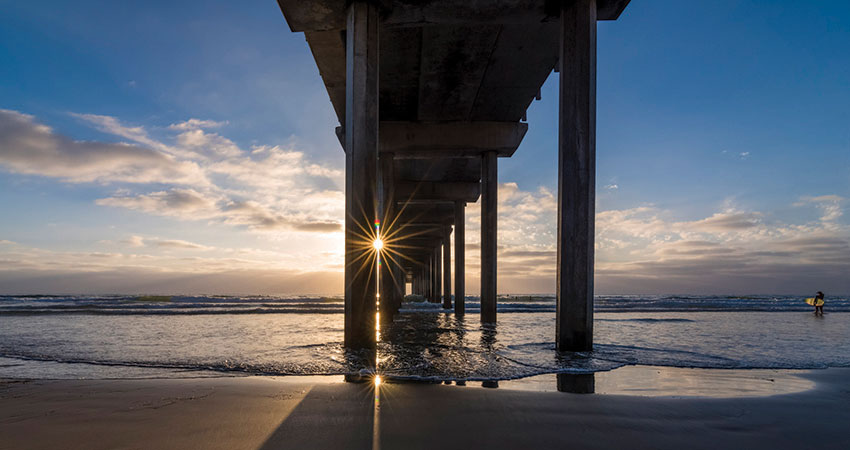
Corey Jaskolski, President, Hydro Technologies, (Windsor, CO)
Pressure tolerant electronics eliminate the need for pressure vessels in underwater applications. As research and defense applications push for systems that can go deeper in the ocean for longer periods of time, designing with pressure tolerant electronics can result in significant costs savings and increases in system reliability. There are several simple design, pressure compensation, and testing techniques that, if followed will result in a pressure tolerant system whether applied to a new design or to the modification of existing equipment. Several examples (both good and bad) taken from real world industry, academia, and film applications will be examined.
Corey Jaskolski, President, Hydro Technologies, graduated from MIT with a MS EE-CS. While at MIT he also worked at unmanned underwater vehicle (UUV) developer Bluefin Robotics, where he led the early development of the first pressure tolerant Lithium Polymer battery packs. In 2001, Jaskolski spent several weeks aboard the Russian science vessel, the Academic Keldysh, in support of James Cameron's documentary filming of the Titanic. During this expedition, Jaskolski got the opportunity to descend 12,500 feet to the wreck of the Titanic to support robotic operations. Jaskolski is featured in the film "Ghosts of the Abyss", a Walt Disney picture that covers this expedition.
Technology Infrastructure at Scripps
SIO Director Tony Haymet
Scripps Director Dr. Tony Haymet, will greet the Scripps development engineering and technical support staff, and share his understanding of the importance and general scope of the technical infrastructure needed to energize an innovative research enterprise.
Raiders of the Back Arc: Exploring the Puerto Rico Trench
Kevin Hardy
On November 11, 2006, two deep ocean vehicles designed and built at Scripps descended 8,350 m (27,500 ft), the deepest place in the Atlantic Ocean. One of the untethered vehicles was reprogrammed on deck, and made a second round trip to the trench floor, returning the following morning. This brief presentation will show you how it was done and what was accomplished.




